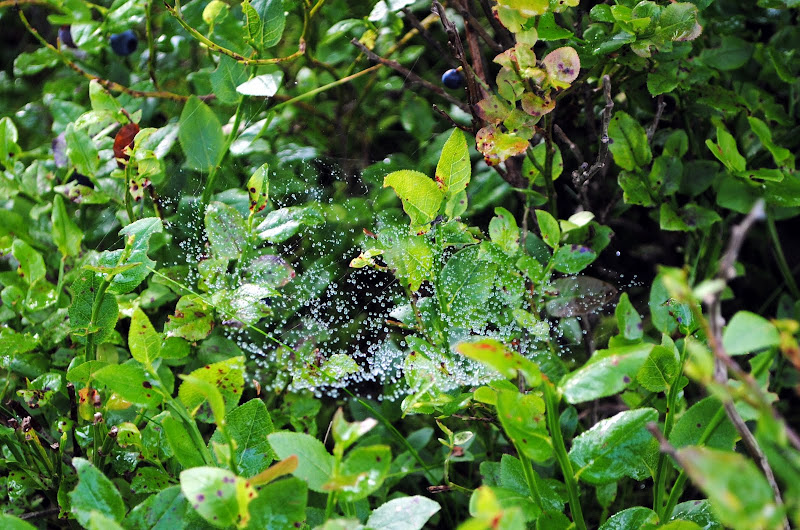It took me, an English major with not much science background beyond high school courses, many months to learn how to decipher the genetics papers that inform Spider Silk. Of course, I was lucky enough to have Cay Craig guide me through these papers and steer me back on track when I veered astray. During this process, I came to realize that genes and genetic research is even more complicated than most of us non-biologists realize. For many of us, it's a mystery why news reports about exciting discoveries in genetics don't lead rapidly to successful medical or other practical applications.
I now get that it's no mystery, or conspiracy. This longer-than-usual post is an attempt to walk through an intriguing paper by a genetics team that writes unusually clearly. Even so, the paper is shot through with terms such as "paralog," "diploid," "retroposition," and "fluorescence in situ hybridization." These terms immediately convey images and lines of logic to other geneticists but gaping black holes to the rest of us. I'm going to avoid such terms as much as possible as I walk through the paper. But I think you'll still see how many interlocking and complex concepts and techniques evolutionary geneticists have to wrestle with, and why even dazzling genetics papers usually lead to more papers rather than to immediate, dramatic applications. Read More

